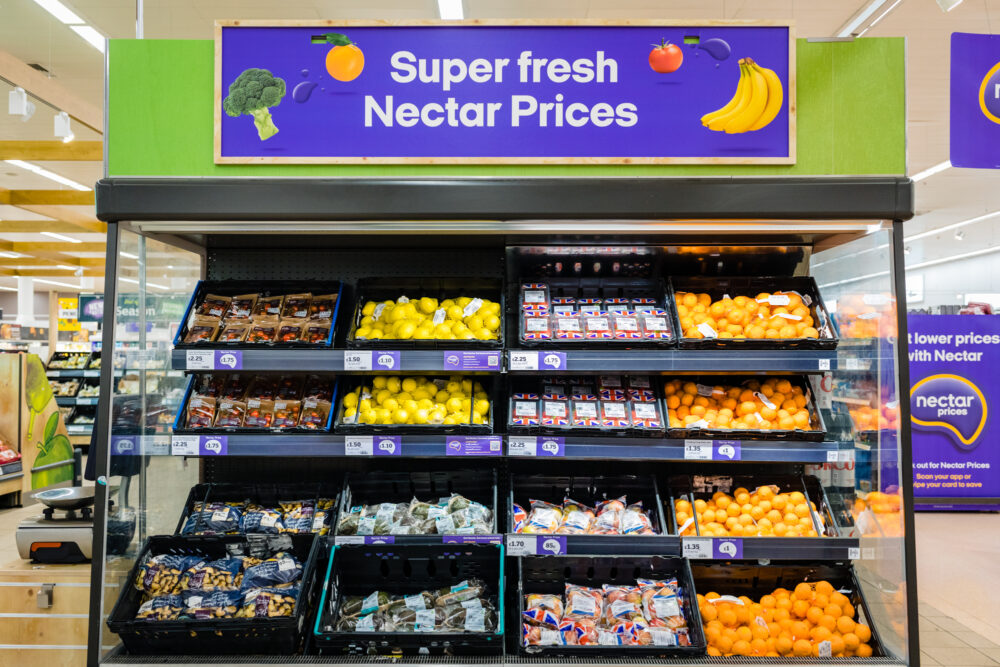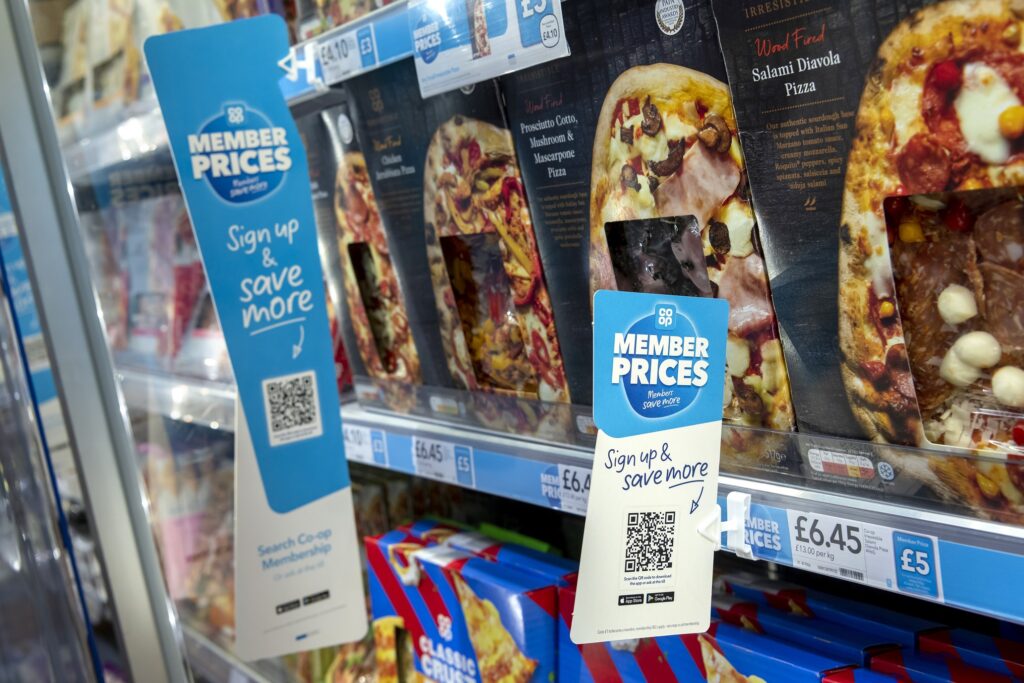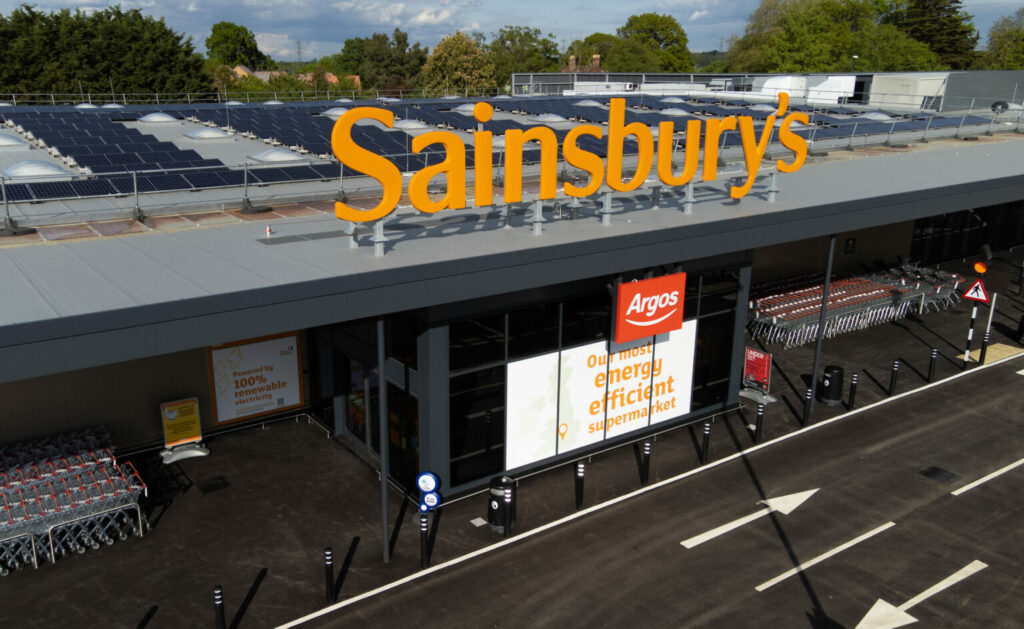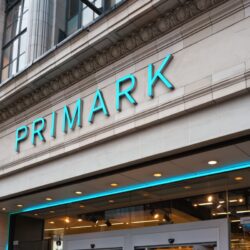If you shop in a mainstream supermarket, chances are you’ll be familiar with member prices.
While Tesco pioneered the move back in 2019 by launching Clubcard Prices, which offered lower prices to its loyalty scheme members, retailers including Sainsbury’s, The Co-op, Morrisons and M&S have followed suit over the past year in a bid to win over cash-strapped shoppers.
Retail Gazette looks at why so many supermarkets have adopted this approach, whether it’s proving successful, and how loyalty programmes can stand out when so many retailers are offering member prices.
Jumping on the member prices bandwagon
There has been a flurry of retailers launching exclusive prices for loyalty scheme members.
In April, Sainsbury’s unveiled Nectar Prices, which gives customers up to half price on over 2800 products, the same month as The Co-op introduced Co-op Membership.
Morrisons meanwhile brought back its More Card loyalty scheme weeks later, which also offered exclusive prices, while M&S trialled limited discounted prices for its members across 50 stores in South Wales, the West Midlands and North East, from 28 June to 11 July.
M&S getting on board the member-only pricing bandwagon. Limited trial of Sparks Prices underway pic.twitter.com/hlkP0sfl7V
— Bryan Roberts (@BryanRoberts72) June 28, 2023
But why is everyone jumping on the member price bandwagon?
GlobalData associate retail analyst Joe Dawson says many supermarkets have rolled out member pricing so they can maintain low prices on certain lines as grocery prices continue to rise in general.
He explains: “It has been a key tool for major supermarkets to compete with discounters Aldi and Lidl on price, as high food inflation continues to put pressure on consumer finances.
“Loyalty schemes allow supermarkets to ensure that they get the most out of their investments in price: be that through encouraging greater customer loyalty or through accumulating consumer data”.
Another large factor may be the positive impact of Tesco’s Clubcard Prices, which has proven just how much shoppers love member pricing.
Back in April, CEO Ken Murphy said its Clubcard Prices had been a “huge success” both in terms of shoppers enjoying the offers and the rise in users and transactions.
The number of Clubcard users has surged from 14 million prior to the launch of Clubcard to almost 22 million.

The fact is shoppers like the instant reward of lower prices rather than collecting points. According to The Digital Loyalty Index, which is based on research from digital product agency Future Platforms, three quarters of people feel “positive” or “very positive” about member-only pricing.
Dawson adds that member pricing makes it “essential” for shoppers to sign up to retailers’ loyalty schemes as it holds the key to lower prices.
Indeed, Sainsbury’s said since launching Nectar Prices in April, more than one million new customers had signed up to the digital scheme.
Meanwhile, Tesco chief customer officer Alessandra Bellini told MAD//Fest London that Clubcard usage was at about 60% of sales prior to the launch of Clubcard Prices, however now it is around 80%.
The power of data
The true benefit of member prices is the data it gives supermarkets like Tesco.
“Through these loyalty schemes retailers can gain valuable insight into consumer behaviour through their data, and in turn offer personalised, targeted deals that will encourage consumers to spend more,” Dawson says.
Bellini says the data is “immensely valuable” to Tesco. “The data we have on 80% of sales, we can use ourselves to make sure our ranges are relevant and that our promotions and prices are working.
“We use it to shape and inform our business strategy. We can actually measure the loyalty or the stickiness of our different cohorts. We can understand which media and channel works best, and…increasingly we can see the return on the various promotions and brand communications that we do.”
Rowena Humby, the CEO of customer data specialist Starcount, which works with retailers including M&S and Holland & Barrett, explains the data helps grocers to “understand what matters” to shoppers so they can send personalised offers to both improve loyalty and increase basket size.
Humby says Clubcard had the mantra of ‘one more item, one more shop’ to explain how Tesco’s loyalty members bought more products and shopped more frequently.
It is not just retailers that can benefit from that data. Increasingly, supermarkets are working with brands to monetise the power of that data.
Bellini explains that it works with brand partners to “really target their customers in Tesco” and says they can “measure the sales immediately”.
“Through Tesco’s Retail Media division, we can tell brands what customers are buying, shopping frequency and when they buy, store or online, and what location and shopping mission is.
“We really have insight over shopping behaviour and how they consume media, how they like to be engaged, how they make decisions and what inspires them.”
How can loyalty schemes stand out?
With so many grocers bringing out member prices, how can retailers ensure their loyalty schemes stand out from the competition?
Humby says a key way is to offer rewards that “go beyond money-saving”.
She gives examples such as offering rewards with other businesses – Bellini points out Tesco partners with 400 firms to provide rewards on things such as days and meals out.
Humby also says that added benefits such as providing shopping or recipe inspiration, or simply giving a better and more convenient experience through things such as remembering weekly orders or suggesting the closest click-and-collect point can help give a loyalty scheme the edge.
On top of this, many programmes have unique features that may suit their specific customers.

For example, the members of the Co-op membership scheme can have a say in how the business is run, while Iceland Bonus cardholders can reap rewards by essentially paying for their groceries in advance.
Member pricing is here to stay
There’s no doubt that member price schemes have soared in popularity of late. But could they become even more prevalent across both grocery and the wider retail market?
The Loyalty People managing director Tom Peace thinks so, and points out that health and beauty retailers Boots and Superdrug both already offer member prices to shoppers.
However, he believes it will not spread across all sectors. “I think it will be difficult in some sectors like fashion or electronics because you’re not shopping in there often enough,” Peace explains.
“But there are already variants of it. For example, Costa gives you a points boost if you use a reusable cup. While that’s not really a membership thing, it’s more like ‘if you engage with us in a certain way we’ll give you better value’”.
As the cost-of-living crisis rages on and Brits continue to hunt for the best bargains, it looks as if retailers should prepare for member prices to stick around.
Click here to sign up to Retail Gazette‘s free daily email newsletter

















